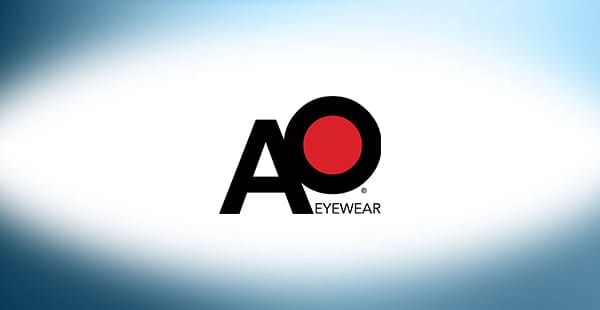01. History of Asbestos Use
American Optical History of Asbestos Use
In the past, American Optical made asbestos products and personal protective equipment (PPE) for asbestos workers. The company now faces allegations from workers with asbestos diseases like mesothelioma. Some say the company’s respirators did not protect them from exposure.
American Optical began in 1883 as an eyeglass company. By the end of the 19th century, it was the largest optical company in the world. It had close ties with the United States military. In 1935, the U.S. Army Air Corps contracted American Optical to develop classic aviator-style sunglasses.
The company also expanded its product offerings beyond sunglasses. Some of its new operations involved asbestos use.
In 1935, American Optical purchased Spencer Lens Company in Buffalo, New York. Spencer Lens made scientific glass products like microscopes. Like other commercial glassmaking plants at the time, the Buffalo plant used asbestos equipment in the production process.
American Optical also made a line of asbestos-containing protective gear. It included gloves, aprons and other items used to insulate workers from heat. The company ceased making asbestos products in 1976 and stopped selling them the next year.
Workers also used American Optical respirators as PPE. The respirators incorporated filters made off-site by companies like Hollingsworth & Vose Company. Asbestos workers who used the company’s respirators have developed diseases like mesothelioma. In at least one lawsuit, a jury found American Optical failed to warn users their respirators did not protect against asbestos exposure. Some filters may have actually contained asbestos fibers.
American Optical continues to operate today as an eyewear company.
Resources for Mesothelioma Patients
02. Asbestos Products
American Optical Asbestos Products
American Optical sold safety gear that contained asbestos. Their asbestos-containing products included gloves, aprons and towels. During the 20th century, asbestos was a common component in equipment designed to protect workers from heat and fire.
American Optical stopped selling asbestos products in the late 1970s. This was around the time knowledge of the mineral’s dangers became widespread. Pressure from the public and the government resulted in most companies discontinuing their asbestos use.
Asbestos workers also used respirators made by American Optical. Some of these workers have developed mesothelioma. Records indicate these respirators did not adequately protect workers from inhaling asbestos.
The allegedly faulty respirators used Red Devil filters, which may have been defective. The following American Optical respirators contained this filter:
- R2090
- R3030
- R5055
- R5090
- R6030
- R8100
- R8155
- R9055
Other respirators may also have been defective. An asbestos attorney can help determine if the respirator you used may have led to your asbestos disease.
03. Occupational Exposure
American Optical and Occupational Exposure
Workers faced asbestos exposure risks created by American Optical. People may have been exposed when their safety gear broke down over time, releasing asbestos fibers into the air. Workers in American Optical plants may have used asbestos during the glassmaking process. And the company’s respirators may have failed to protect workers from exposure.
By the beginning of the 20th century, American Optical was the largest optical company in the world. It employed 800 people and continued to expand its operations in the following decades. Employees faced asbestos exposure risks at American Optical plants. Many more people who used the company’s safety gear and respirators also faced occupational exposure.
Family members of asbestos workers also face exposure risks. Secondary asbestos exposure happens when workers accidentally carry the mineral home in their hair and on their clothes. This puts anyone in the home at risk of exposure. People who experience secondary exposure can develop mesothelioma.
04. Asbestos Litigation
Asbestos Litigation Against American Optical
American Optical has faced legal troubles related to its history as an asbestos company. Its activities exposed people to a dangerous carcinogen. People who develop mesothelioma after exposure face costs, both financial and emotional, caused by companies like American Optical. Asbestos attorneys can help patients and their families seek compensation.
In 2016, a California jury awarded a mesothelioma patient over $32 million in a lawsuit against American Optical. The man had used an American Optical R2090 respirator mask during his work as a machinist. The jury found the company liable on a number of claims, including:
- Design and manufacturing defects: A defect in the design of the respirator prevented the mask from fitting on the face properly.
- Failure to warn: American Optical failed to warn users that the mask filter would not protect against asbestos exposure.
Many patients do not know how they were exposed to asbestos. This is because mesothelioma can take decades after exposure to develop. Knowing how exposure occurred is not necessary to treat mesothelioma.
However, knowing how exposure occurred is an important part of an asbestos lawsuit. Mesothelioma attorneys are skilled in determining exposure sources. They can identify negligent companies. Mesothelioma compensation from these companies can help pay for medical bills and other expenses related to a diagnosis.




